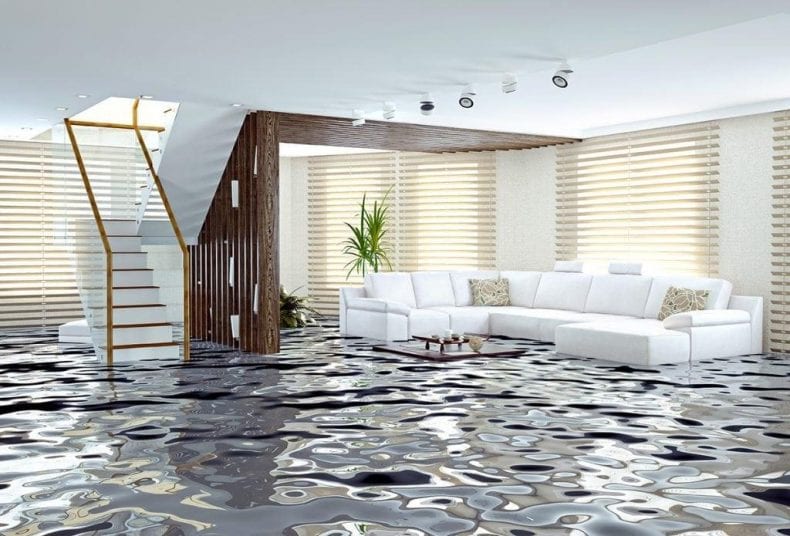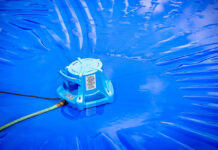There is water in your basement, and you are considering making an insurance claim. Do you know if your home insurance covers that type of water damage? There are several common types of water damage and they may fall into different categories of insurance coverage.

#1 Sewer Backup
A sewer backup is what happens when water and sewage comes back out of the pipes and into your home, spilling dangerous and unsanitary water. The dirty water is a major health hazard and the cleaning costs can be very expensive. Many people are not aware that sewage backup is a separate category of insurance coverage, and without it they may wind up paying out of pocket for repair and clean up.
#2 Overflow Water Damage
This type of damage is caused by water overflowing or leaking from pipes and appliances, damaging walls, floors, and ceilings. It may be as straightforward as an overflowing bathtub or a hidden problem such as a leak in pipes built into the wall.
#3 Flood Water Damage
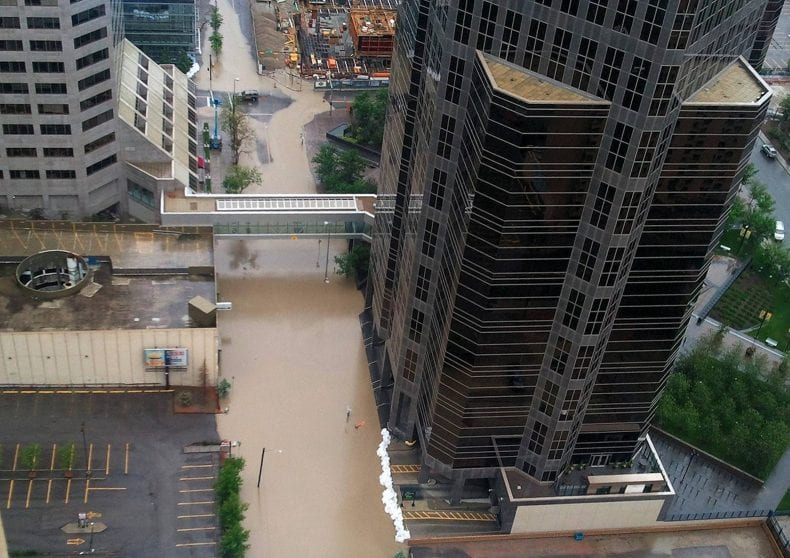
The two types of water damage above may be colloquially referred to as “floods” in day-to-day conversation. Policy holders may be surprised to discover that these are not considered “floods” for insurance purposes, even if they qualify for other water damage coverage. For insurance purposes, flood related water damage refers to instances when a body of water overflows to the point that the water level rises enough to enter your home from outside.
A true flood in insurance terms is a type of natural disaster, like a wildfire. Some recent prominent examples include the Calgary floods of 2013 when the Bow and Elbow Rivers rose due to torrential rainfall, or the 2017 California floods. Flash flooding, river flooding, and coastal flooding are the most common types of flood. One easy way to tell if you should be filing a claim as flood damage or another type of water damage is to ascertain if your home was the only one affected, or if neighboring homes suffered similar water damage.
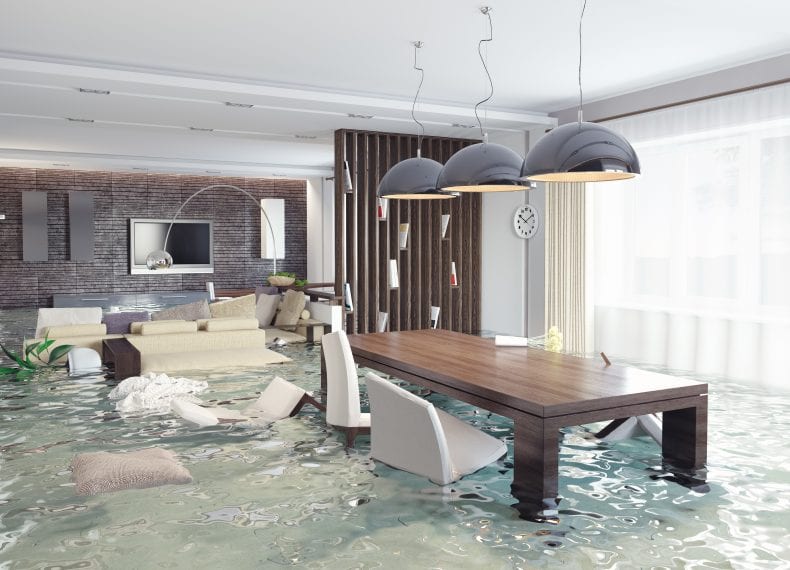
The severity of flood damage can be much worse than water damage from overflow or sewage backups. Extreme floods can leave a house beyond repair, causing extensive damage such as:
- Eroding soil from beneath the foundation, causing cracks and tilting homes. This has a dangerous impact on the building’s structural integrity;
- Weakening drywall, as well as causing the growth of mold in drywall. Soft and crumbly drywall need to be gutted in order to clean the insides and prevent mold;
- Soaking insulation such as foam or fiberglass;
- Swelling the framing of your home, which can also quickly become a host to mold;
- Wrecking your electrical system, in particular, outlets and switches that were submerged by water. An inspector will have to take a look at the wiring;
- Damaging appliances such as fridges and stoves, which are rarely salvageable after a flood; and
- Destroying flooring, including carpet that will be too difficult to clean, laminate flooring which will peel apart, and hard wood which may be salvaged through costly restoration.
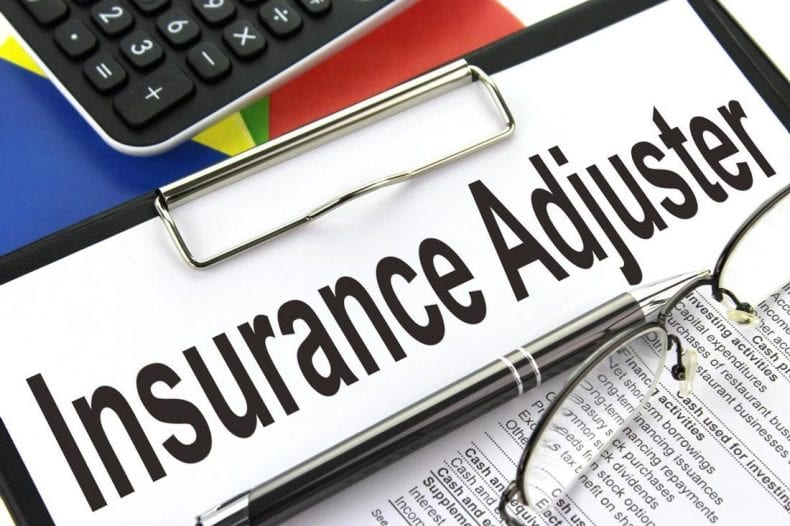
If your home requires repairs such as these after a flood, get help dealing with insurance adjusters. Adjusters will soon start to create a Scope of Work, which will be sent to contractors for quotes that will guide the insurance company’s settlement. You can get help dealing with insurance adjustors to prepare a better claim from the start, or to try to correct errors that have already been made.

